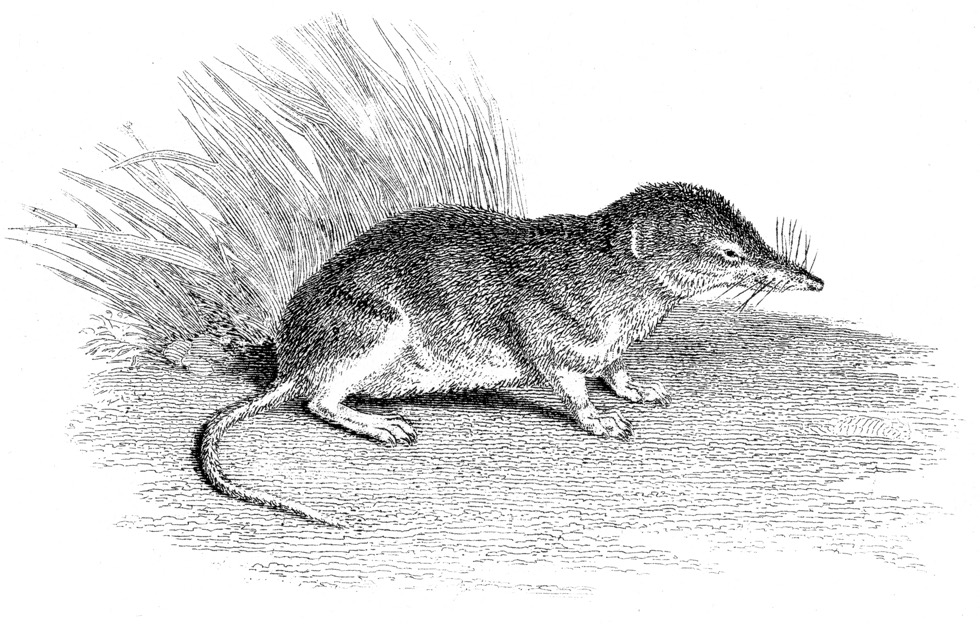![]()
The northern short-tailed Shrew (Blarina brevicauda) is a small mammal native to Eastern Canada and the North Eastern regions of the United States. This ancient, voracious insectivore with the metabolic rate of a hummingbird has adapted to survive the cold winters of its environment without needing to hibernate.

The northern short-tailed shrew secretes a venom from submaxillary glands in its lower jaw. The paralyzed prey item is then cached as a source of live food for future consumption. This is the only known mammal in North America that secretes a paralytic venom.
Professor Stewart, Chief Scientific Officer (CSO) of Soricimed, discovered the paralytic compound in the venom of the northern short-tailed shrew. At the time of the discovery, Professor Stewart was teaching at Mount Allison University in Sackville, New Brunswick, Canada. He and his colleagues were the first to purify, characterize and synthesize this paralytic toxin. It was found to be a unique peptide that inhibits sodium channels in nerves and suggested potential for a non-opioid pain treatment. Professor Stewart named this protein Soricidin, and with this Soricimed Biopharma Inc. was founded.
Further research on Soricidin led to the identification of two unique biological functions within the peptide – a domain that is paralytic and a second domain that is anti-cancerous.
Further research on Soricidin led to the identification of two unique biological functions within this peptide – a domain that is paralytic and a second domain that is anti-cancerous.
The target of the anti-cancer activity of Soricidin was discovered by Soricimed to be the calcium ion channel known as TRPV6. Solid tumor cancers produce large amounts of this channel which plays a key role in cancer cell growth, proliferation and metastases and thus represents a compelling target for the development of new cancer treatments.
Further characterization of the anti-cancer domain of Soricidin led to the identification of a subset of small peptides that are highly selective inhibitors of TRPV6 and candidates for development as anti-cancer therapeutics.
Address
18 Botsford St., Suite 201
Moncton, N.B. E1C 4W7
Canada
T: 506.856.0400
F: 506.856.0414
E: info@soricimed.com
© Copyright 2023 Soricimed Biopharma